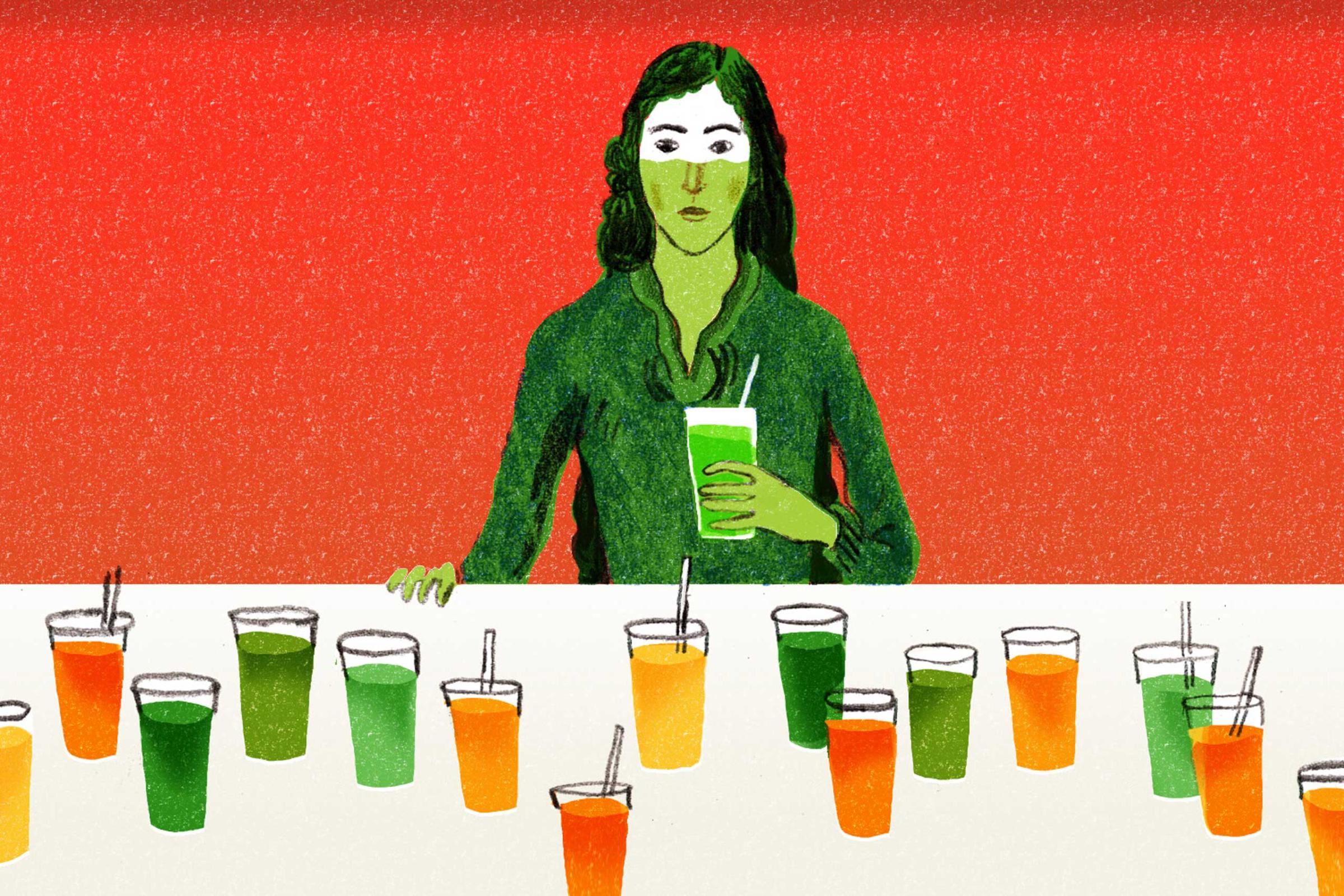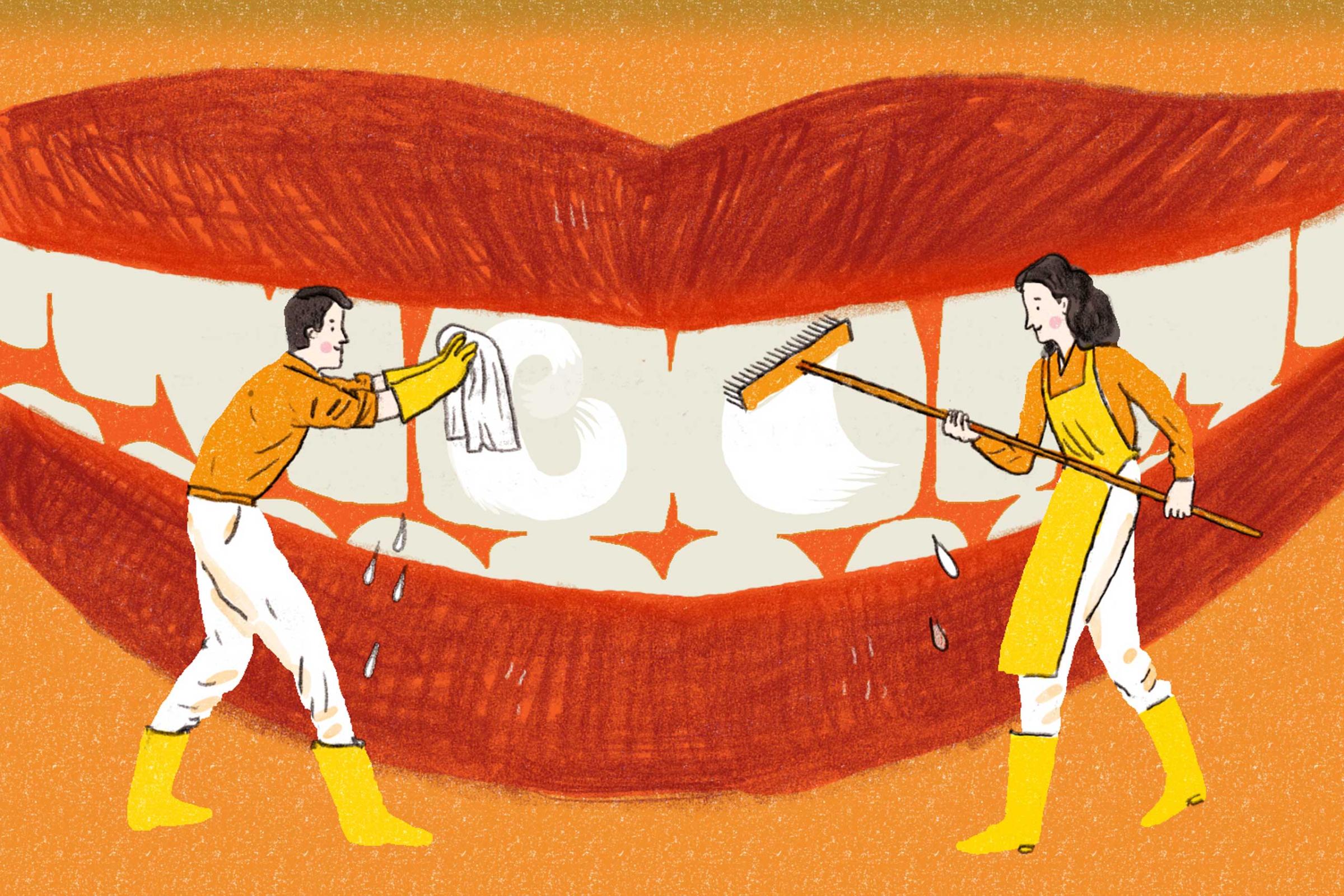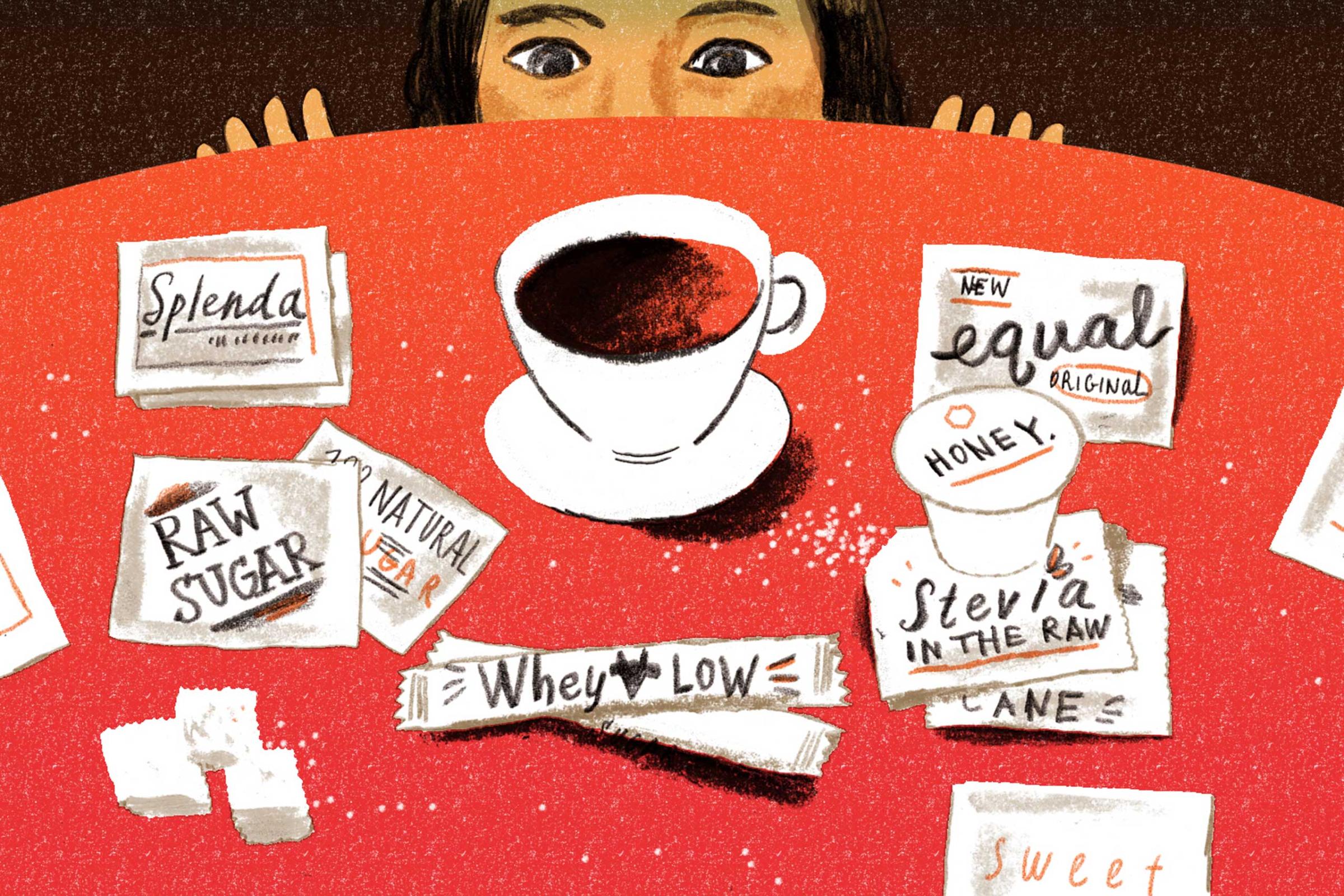
To bake, or to fake? It’s a classic tanning conundrum. Sitting under the sun causes skin damage and cellular changes that raise your risk for skin cancer, and even among adults under 40, melanoma rates are on the rise.
“In order to get a natural tan from ultraviolet light, your skin has to be injured,” says Dr. Darrell Rigel, a clinical professor of dermatology at New York University. You know this, and you worry about it. But unlike ultraviolet rays, sunless self-tanners don’t mean you have to damage your skin. “These products contain an ingredient that stains the outermost layer or your skin,” Rigel says.
In most cases, that ingredient is dihydroxyacetone (DHA). When it combines with amino acids in your skin, DHA causes a browning reaction—the same type of reaction that occurs when you make toast or grill meat, explains Dr. Adam Friedman, director of dermatologic research at Montefiore-Albert Einstein College of Medicine.
That may sound scary. But the browning only takes place in your skin’s “stratum corneum”—the topmost layer composed of dead cells, Friedman says. “Our bodies make a form of this stuff,” he adds, referring to DHA. “So I’m not concerned about it from as safety standpoint. When used topically, I think it’s the only safe way to have a tan appearance.”
For anyone who’s read up on self-tanners, Friedman’s statements may raise eyebrows. A few years ago, a much-cited report from ABC News raised concerns about spray-tanning salons and the risks of inhaling DHA and other self-tanning ingredients. Subsequent research supported the idea that inhaling spray-on tanning chemicals could potentially raise your risk for asthma, chronic obstructive pulmonary disease (COPD) or cancer.
“Stretched flat, your lungs are the size of a tennis court,” says Dr. Reynold Panettieri, a professor of pulmonary medicine at the University of Pennsylvania. “So inhaling these self-tanning agents could have all sorts of potential health consequences.”
You Asked: Your Top 10 Health Questions Answered










But what about self-tanners you spread on your skin? The ABC News report cited Food & Drug Administration data suggesting that small amounts of DHA might seep through your skin and into your bloodstream. If true, that could also raise health concerns. But since that FDA data came to light, follow-up studies have failed to find evidence that DHA penetrates your skin’s protective barriers.
Dr. Rigel was one of several experts who voiced concern to ABC News following their DHA investigation. But when it comes to DHA in lotions, Rigel says his concerns have since been assuaged. “There’s no data to show that DHA is harmful when applied topically,” he says. “Pregnant women and children may want to avoid it just as a precaution, but this is benign stuff.”
Panettieri agrees. “Based on what we know today, DHA is really pretty safe when applied to the skin correctly,” he says. Correct application means avoiding the sensitive skin around your eyes and on your lips, as well as cuts or abrasions—more reasons to be wary of spray-on options. Panettieri says rubbing DHA into very thin or broken skin could let it enter your system. “Even if DHA got beyond the skin, any risk is hypothetical,” he’s quick to add.
Both he and Rigel say that compared to the well-established risks of sun exposure, topical self-tanning lotions are a safer option. Friedman agrees, and says his only concern is that some people might have an allergic reaction to DHA or other ingredients in self-tanners—a risk that comes with almost any cosmetic.
But Friedman adds one big warning: Self-tanners do not offer your skin any protection from sun damage. “Some people think these self-tanners act like sunscreen,” he says. “They don’t.” In fact, some research suggests DHA may actually increase the amount of damage your skin sustains from sun exposure.
Of course, new research could always surface new risks. And not as much is known about less-common tanning chemicals. But for now, if you’re craving a little color, self-tanning lotions with DHA seem to be your safest option.
More Must-Reads From TIME
- The 100 Most Influential People of 2024
- The Revolution of Yulia Navalnaya
- 6 Compliments That Land Every Time
- What's the Deal With the Bitcoin Halving?
- If You're Dating Right Now , You're Brave: Column
- The AI That Could Heal a Divided Internet
- Fallout Is a Brilliant Model for the Future of Video Game Adaptations
- Want Weekly Recs on What to Watch, Read, and More? Sign Up for Worth Your Time
Contact us at letters@time.com